Waddington
OS Grid ref:- SD725435
Waddington, a delightful village of much character, is situated 2 miles (3 km) north-west of Clitheroe, in the Forest of Bowland in Lancashire. The village acquires its name from a Saxon chieftain, Wadda who had his tun, or settlement, on the site. The Anglo-Saxon Chronicle records that Wadda was implicated in the murder of Aethelred, king of Northumbria, in AD 794 and was killed at the Battle of Billangahoh, which took place at Billington, near Whalley.
Coronation Gardens, Waddington
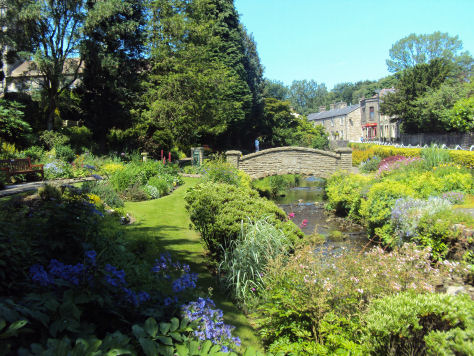
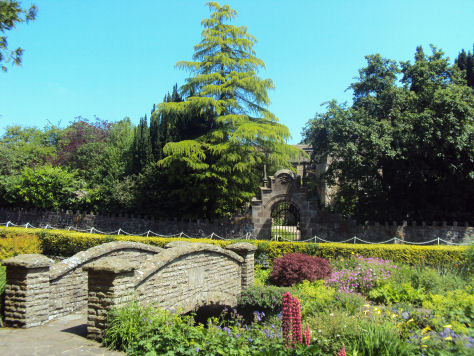
One of the most photographed villages in Lancashire, Waddington has been the winner of the 'Best Kept Village' award on many occasions. The beautiful Coronation Gardens, the gardens were planted to celebrate Queen Elizabeth II's coronation in 1953, they are situated along the course of the stream that runs through the village main street.
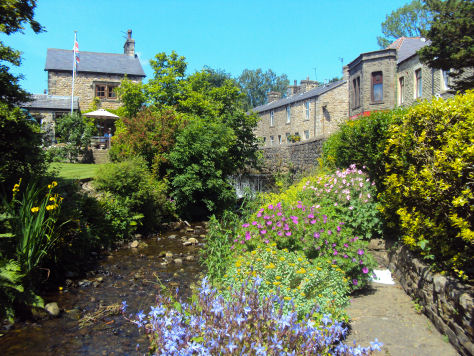
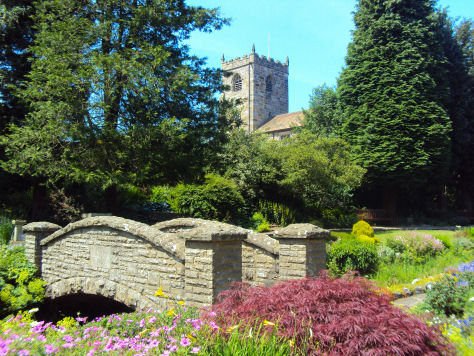
Waddington Hall, a highly picturesque building, is famous for its link with King Henry VI, last monarch of the House of Lancaster. Following the Battle of Hexham in 1464, a decisive victory for the rival house of York, Henry was forced to flee into Lancashire where he was given refuge at Waddington Hall for a year. He also took refuge at Bolton Hall and Clitheroe Castle.
He was eventually betrayed to the Yorkists by the servants of Sir James Hargreaves in 1465, and an attempt was made to capture the king at the hall. Henry is said to have escaped via a secret panel and staircase from the dining room. He was eventually captured at Brungerley Bridge on the outskirts of Clitheroe and imprisoned in the Tower of London by his rival, the Yorkist king, Edward IV, where he was later murdered.
Waddington Hall
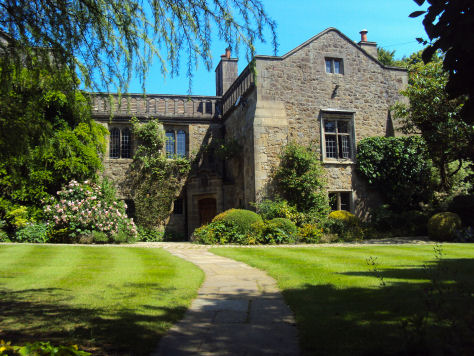
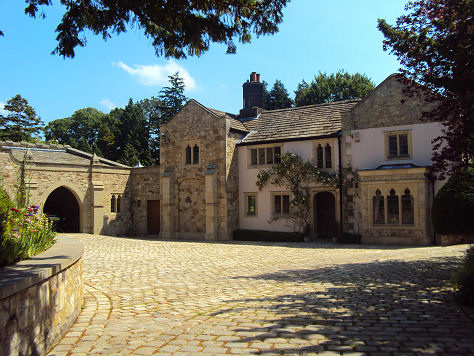
Parts of the building, including the the Monks Room, date back to the eleventh century and other parts from the thirteenth century. The owners, the Tempest family, were lords of the manor of Waddington from at least the early thirteenth century. The Tempest family lived at the hall between the reigns of Edward I and Charles I. They are credited with endowing the village church at Waddington. One of the family, Nicholas Tempest, a Bowbearer of the Forest of Bowland, was hanged, drawn and quartered at Tyburn in 1537 for being amongst the leaders of the Pilgrimage of Grace, a rebellion fired by discontent and ill feeling at hardship in the largely Catholic north caused by the dissolution of the monasteries.
St, Helens Church
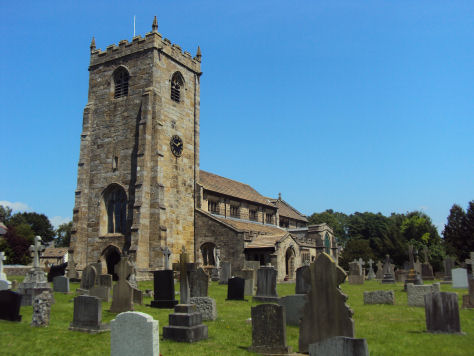
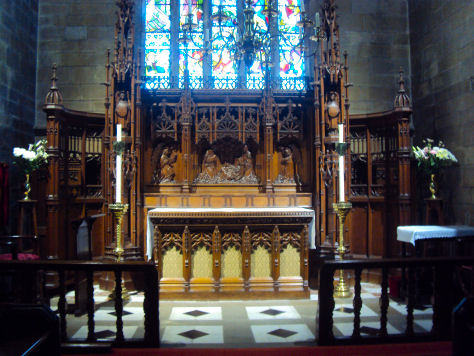
The village church of St. Helen's dates from about 1500, however only the tower now survives from that date, as the main body of the church was rebuilt in Victorian times. The octagonal sandstone font dates from the sixteenth century, and has a bowl carved with the instruments of the Passion. In the west window of the tower is a stained glass window, of nineteenth century date, which depicts St Helen flanked by the villages founder, the Saxon chieftain Wadda, and its most famous resident, King Henry VI.
The Lower Buck Inn, behind the church, dates from 1760, the Waddington Arms, is an old coaching inn, both pubs serve food and offer accommodation.
The Lower Buck Inn and the Waddington Almshouses
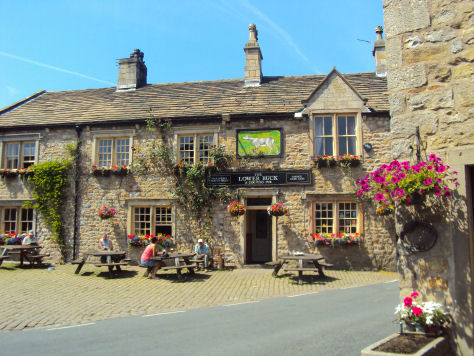
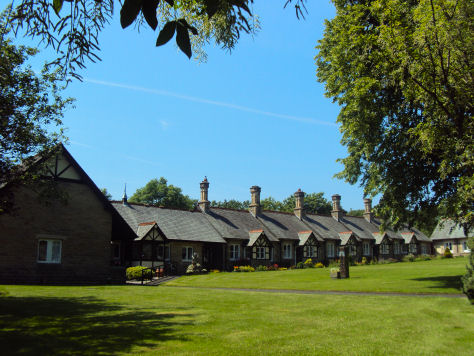
The village Almshouses on the West Bradford road were originally founded by Robert Parker of Marley Hall in Yorkshire in 1706 then rebuilt on their present location around the green. The houses are provided with a chapel, the name of the founder, Robert Parker, is inscribed above the entrance.
Nearby Waddow Hall is a seventeenth century building in a 178 acre estate, it now serves as a conference and activity centre for the Girl Guides. The Waddow estate was managed by Roger de Tempest of Bracewell, Lord of Waddington in 1267. Waddow Hall was built in the Tudor era, the estate and lands remained in the family until 1657.
Nearby Places of Interest
Whalley Abbey- founded by Henry de Lacy, third Earl of Lincoln on the 4th April 1296.
Lancaster Castle founded in the tenth century
Ashton Memorial in Williamson Park, Lancaster was commissioned by James Williamson, Baron Ashton as a tribute to his second wife, Jenny and was built between 1907 and 1909.
Butterfly House, Lancaster
Clitheroe Castle-Norman castle keep and museum, said to be one of the oldest buildings in Lancashire, and one of the smallest keeps in England.
